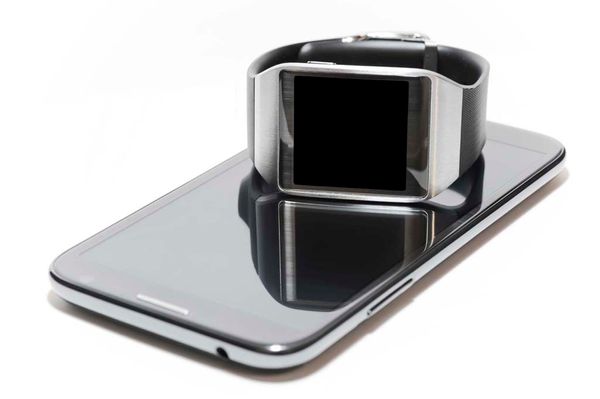Privacy and security risks in wearable technology

Activity trackers, smart watches, bras, smart navigation and even smart shoes are part of a long-hyped tech sensation – wearables. With expected growth of 35 percent in the next two years and more than 125 million devices to be released into the wild in 2019, wearable tech is disrupting the industry by accessing new markets.
Wearables collect an enormous amount of personal user data, which is kept by manufacturers to improve brand strategy and user experience. Companies can easily find out what users are doing and when they do it, as well as what their hobbies are and what they like. For example, a fitness tracker will know what time the user wakes up and goes to sleep, how intense the workout is and, depending on the dashboard functionalities, details on nutrition plans.
This brings up the privacy and security issue. Does free access to so much more data mean less privacy and more exposure to breaches? Privacy is a top concern in the modern world, especially since not only companies, but also governments, want access to more data about their citizens.
Putting this aside for now, let”s focus on hackers and how easy it is for them to get into any device. Big data is extremely valuable for cybercriminals because they can sell it to the highest bidder on the black market – social security, passwords, and bank and email accounts — any information collected by your smart wristband. Connected devices are very easy to hack because, firstly, they are not all developed with security in mind and, second, users are often reckless and use the same weak password for multiple accounts.
According to Facebook CSO Alex Stamos, the username and password authentication method is ineffective. Coming out of the 1970s infrastructure architecture, it simply does not fit the complexity of the modern world. This is probably why we so often see millions of accounts hacked due to password reuse, and then sold on the black market.
“Tens of millions of Facebook users” passwords were traded on the black market,” Stamos said during his persentation about designing security and safety at WebSummit last week. “We are working on making the world more open and connected… safely. We have an engineering culture so we design safety from early on in our products. To improve, we have to learn from our failures.”
Wearables are tricky. Users focus more on the novelty of the devices and want sophisticated features, but they also get easily bored and care little about security. This pressures manufacturers to come up with hybrid devices to bring more evolved wearables to market. For now, security doesn”t seem to be a focus, which is a liability.
People want to do more with their wearables, things they have never imagined would be possible, President and CTO, Connected Devices, Fossil Group, Sonny Vu explained at WebSummit. Users need wearables with self-expressing capabilities that don”t need to be taken off or charged often.
Soon, all devices will be smart and connected, and once all artificial intelligence and virtual reality technologies hit the market, the struggle for secure and trustworthy devices will reach a peak. These will create even more entry points for hackers into your life.
Naturally, when designing tools and products, manufacturers have to get into the consumers” mind and meet their desires, but engineers should think about security first by trying to foretell incidents and understand those in other countries, as well, advised Stamos.
tags
Author
After having addressed topics such as NFC, startups, and tech innovation, she has now shifted focus to internet security, with a keen interest in smart homes and IoT threats.
View all postsRight now Top posts
How to Protect Your WhatsApp from Hackers and Scammers – 8 Key Settings and Best Practices
April 03, 2025
Outpacing Cyberthreats: Bitdefender Together with Scuderia Ferrari HP in 2025
March 12, 2025
Streamjacking Scams On YouTube Leverage CS2 Pro Player Championships to Defraud Gamers
February 20, 2025
How to Identify and Protect Yourself from Gaming Laptop Scams
February 11, 2025
FOLLOW US ON SOCIAL MEDIA
You might also like
Bookmarks








